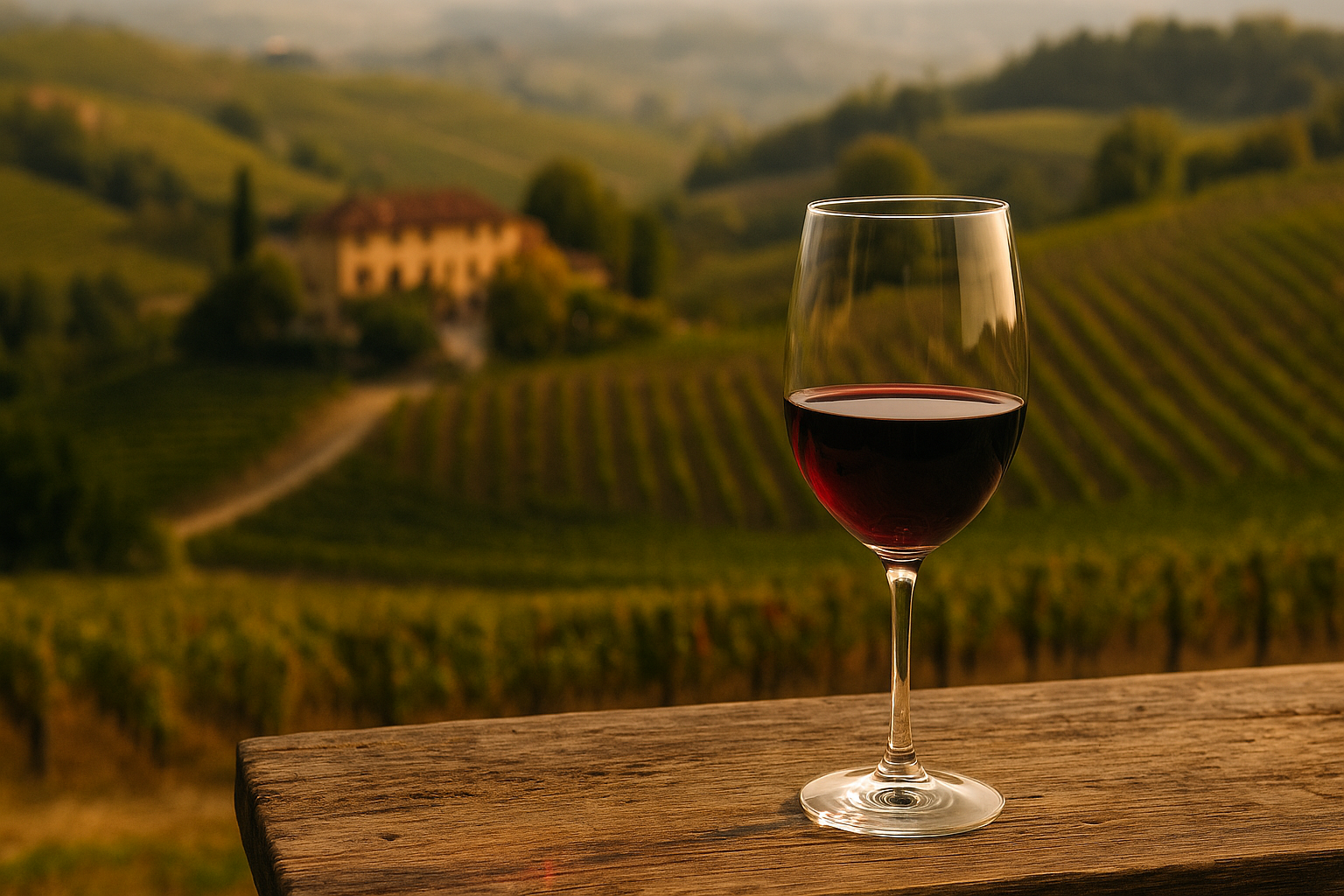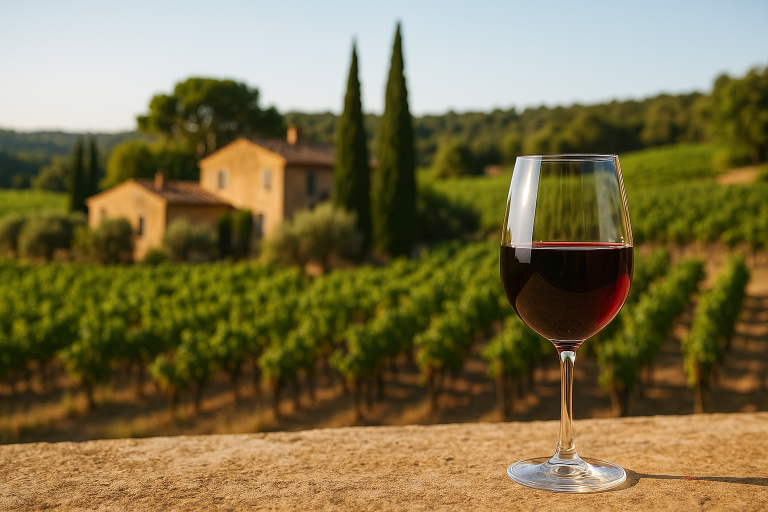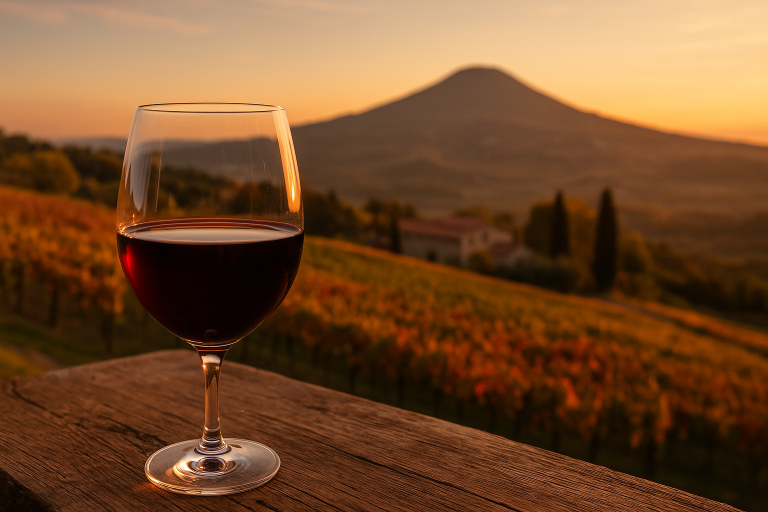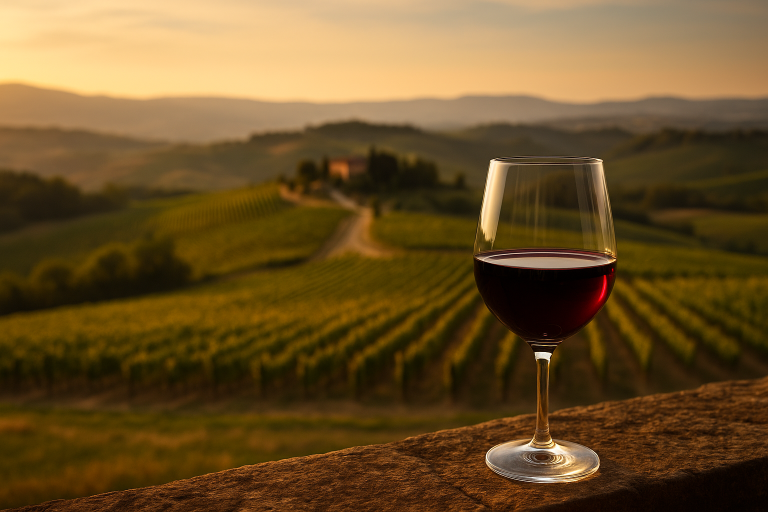Soft, fruity, and effortlessly drinkable, Dolcetto is one of Italy’s most inviting red wines — a varietal that embodies everyday elegance. While it may live in the shadow of Piedmont’s noble Nebbiolo and structured Barbera, Dolcetto holds a special place at the Italian table. With its deep color, plush texture, and vibrant fruit, it’s the wine locals reach for when they want comfort, warmth, and simplicity done beautifully.
A Brief History
The origins of Dolcetto stretch back several centuries in Piedmont, in northwestern Italy. Its name translates loosely to “little sweet one,” though the wine itself is typically dry — the term likely refers to the grape’s naturally sweet flavor at harvest or the gentle hills (dolci colline) where it thrives.
Historical records suggest Dolcetto was cultivated as early as the 16th century, particularly in the hills surrounding Dogliani, a town that remains a heartland for the grape today. Over time, it spread throughout the Langhe, Monferrato, and Alba regions, becoming a staple in local households.
Unlike Nebbiolo, which demands patience and aging, Dolcetto was designed for daily enjoyment — approachable, fruit-forward, and ready to drink young. For generations, it’s been the wine poured with weeknight dinners, hearty pastas, and Sunday roasts — a pure expression of Piedmontese tradition.
Where It’s Grown
Dolcetto thrives in Piedmont, particularly in these key appellations:
- Dolcetto di Dogliani DOCG: Considered the most prestigious expression, offering depth and complexity while maintaining freshness.
- Dolcetto d’Alba DOC: Perhaps the most widely known, with ripe cherry fruit and soft tannins.
- Dolcetto d’Ovada DOCG: A slightly richer style, often with more spice and structure.
Beyond Piedmont, smaller plantings can be found in Liguria and even in parts of California and Australia, where winemakers experiment with Dolcetto’s friendly, food-loving nature. Still, its soul remains deeply Italian — shaped by the rolling hills, limestone soils, and temperate climate of its native land.
Tasting Notes
Dolcetto is typically medium-bodied, with low acidity, soft tannins, and a velvety mouthfeel. Its hallmark flavors include black cherry, plum, and blueberry, often accented by hints of violet, almond, and licorice. Despite its fruit-forward charm, it carries a subtle earthy note that anchors its character and adds depth.
Dolcetto’s low acidity makes it round and smooth on the palate, with a gentle finish that lingers pleasantly. Most versions are meant to be enjoyed young — within three to five years of bottling — when their fresh fruit and supple texture shine brightest.
It pairs beautifully with pasta with tomato or meat sauces, pizza, roasted chicken, and antipasti, as well as aged cheeses and charcuterie. It’s a quintessential “food wine,” perfect for casual dining and everyday enjoyment.
The Essence of Dolcetto
Dolcetto is the quiet hero of Piedmont — modest yet full of heart. It may not have the prestige of Barolo or Barbaresco, but it delivers what few wines can: immediate pleasure and honest simplicity. It’s the kind of wine that invites conversation, complements any meal, and reminds us why Italian reds are beloved around the world.
In every glass of Dolcetto lies the spirit of Piedmont: tradition, warmth, and an unpretentious love for life’s simple pleasures.







